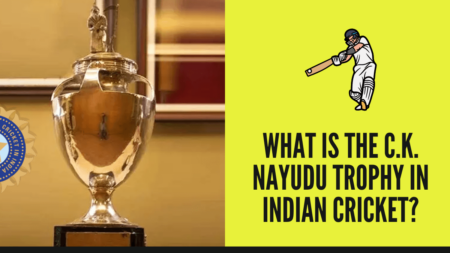

Cricket originated in England in the 16th century. But it was not until the 18th century that the sport began to flourish in the country. Various terminologies pertaining to the sport were coined and became a part of routine conversations. A pair of such terms were on-side and off-side.
When the English began to popularize cricket, one of the primary modes of transportation were horse carriages. Horse carriages had two sides. The left side was the one that was near the footpath. Hence, passengers would get “on” from that side. The other side was from where the driver of the horse carriages would get “off.”
This concept was inculcated in cricket where the area of the field towards the right of the batter was the off-side and the left of the batter was the on-side. Earlier, historians routinely referred the on-side as nearside. Over the years, as a direct antonym to the word ‘off’ it was better and easily understood as the on-side.
The terms off and on are also used to denote fielding positions (mid-on, mid-off, long-on, long-off, etc.). The off stump is also named so because it faces the off-side. However, the leg stump is never referred as the on stump. Based on the name of the stumps, the spinners got the names of their specialty (off spin and leg spin). Batting shots are also named based on where they are hit. A couple of them are named on-drive and off-drive.
The on-side and off-side thus form the two hemispheres of the cricket ground.




